Photo Gallery for Gea heptagon - an orbweaver | 51 photos are available. Only the most recent 30 are shown.
|
 | Recorded by: Jonathan Buie on 2025-11-19
Stokes Co.
Comment: |  | Recorded by: Jonathan Buie on 2025-11-19
Stokes Co.
Comment: |
 | Recorded by: Marilyn Westphal on 2025-10-18
Henderson Co.
Comment: |  | Recorded by: Brian Bockhahn on 2025-08-29
Jackson Co.
Comment: |
 | Recorded by: Brian Bockhahn on 2025-08-29
Jackson Co.
Comment: |  | Recorded by: Brian Bockhahn on 2025-08-04
Wake Co.
Comment: |
 | Recorded by: Brian Bockhahn on 2025-08-04
Wake Co.
Comment: |  | Recorded by: Brian Bockhahn on 2025-08-04
Wake Co.
Comment: |
 | Recorded by: Stephanie Willis on 2025-08-02
Guilford Co.
Comment: |  | Recorded by: Brian Bockhahn on 2025-06-03
Currituck Co.
Comment: |
 | Recorded by: Brian Bockhahn on 2025-06-02
Currituck Co.
Comment: |  | Recorded by: Brian Bockhahn on 2025-06-01
Currituck Co.
Comment: |
 | Recorded by: Brian Bockhahn on 2025-05-31
Currituck Co.
Comment: |  | Recorded by: Brian Bockhahn on 2024-11-03
Cabarrus Co.
Comment: |
 | Recorded by: Brian Bockhahn on 2024-11-03
Durham Co.
Comment: |  | Recorded by: Mark Basinger and Donald Zepp on 2024-08-23
Nash Co.
Comment: |
 | Recorded by: Mark Basinger and Donald Zepp on 2024-08-23
Nash Co.
Comment: |  | Recorded by: Brian Bockhahn on 2024-08-20
Rockingham Co.
Comment: |
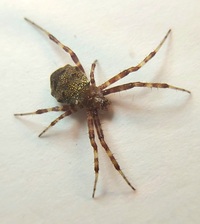 | Recorded by: Mark Basinger and Donald Zepp on 2024-05-31
Johnston Co.
Comment: | 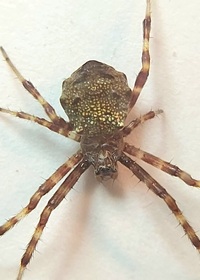 | Recorded by: Mark Basinger and Donald Zepp on 2024-05-31
Johnston Co.
Comment: |
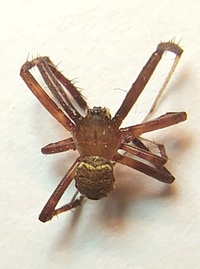 | Recorded by: Mark Basinger and Donald Zepp on 2024-05-31
Wayne Co.
Comment: | 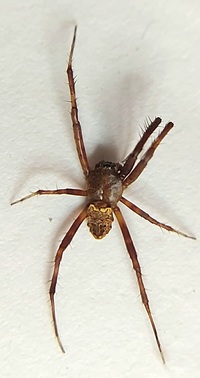 | Recorded by: Mark Basinger on 2024-05-20
Anson Co.
Comment: |
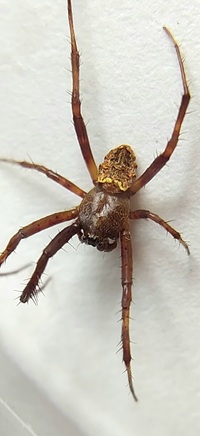 | Recorded by: Mark Basinger on 2024-05-20
Anson Co.
Comment: |  | Recorded by: Mark Basinger on 2024-05-20
Montgomery Co.
Comment: |
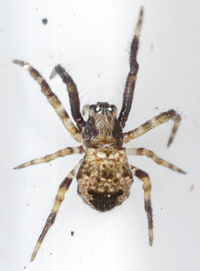 | Recorded by: John Petranka on 2022-01-01
Orange Co.
Comment: | 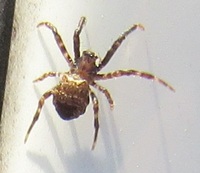 | Recorded by: Brian Bockhahn on 2021-12-16
Cumberland Co.
Comment: |
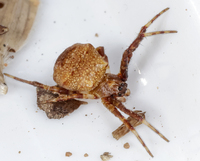 | Recorded by: John Petranka on 2021-11-18
Orange Co.
Comment: |  | Recorded by: John Petranka on 2021-11-18
Orange Co.
Comment: |
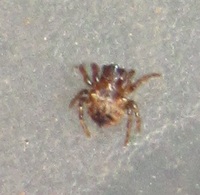 | Recorded by: Brian Bockhahn on 2021-08-30
Orange Co.
Comment: | 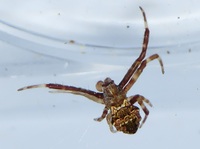 | Recorded by: Brian Bockhahn on 2021-04-21
Cumberland Co.
Comment: |
|
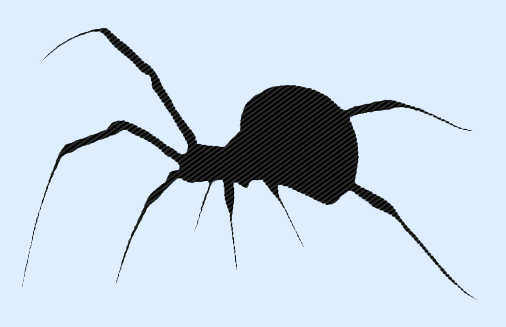
 »
»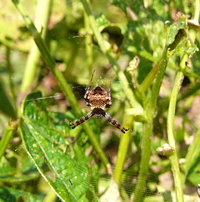

 »
»